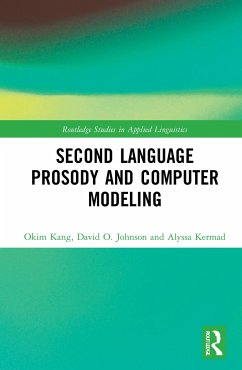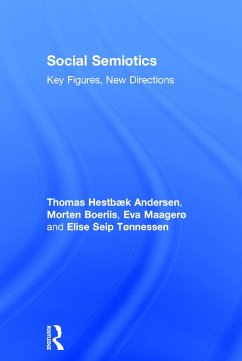
Intonation in L2 Discourse
Research Insights
Versandkostenfrei!
Versandfertig in 1-2 Wochen
167,99 €
inkl. MwSt.
Weitere Ausgaben:

PAYBACK Punkte
84 °P sammeln!
Grounded in a systemic functional linguistic (SFL) approach, this book applies a contrastive interlanguage corpus-based approach to investigate the nature and role of L2 intonation and its pragmatic function in spoken discourse. The volume offers a brief overview of SFL theories and frameworks, with a clear focus on Halliday's model of phonology and the proposal of developing a grammar of speech. Integrating a SFL framework with a corpus linguistic-informed approach, the book uses this foundation as a jumping-off point from which to explore the prosodic complexities involved in English languag...
Grounded in a systemic functional linguistic (SFL) approach, this book applies a contrastive interlanguage corpus-based approach to investigate the nature and role of L2 intonation and its pragmatic function in spoken discourse. The volume offers a brief overview of SFL theories and frameworks, with a clear focus on Halliday's model of phonology and the proposal of developing a grammar of speech. Integrating a SFL framework with a corpus linguistic-informed approach, the book uses this foundation as a jumping-off point from which to explore the prosodic complexities involved in English language teaching and learning for L2 learners, highlighting its various functions as illustrated in examples from the UAM English Learner Spoken Corpus. A final chapter synthesizes these findings toward critically reflecting on future directions for the study of L2 speech prosody. This book will be key reading for graduate students and researchers in applied linguistics and English language teaching.













